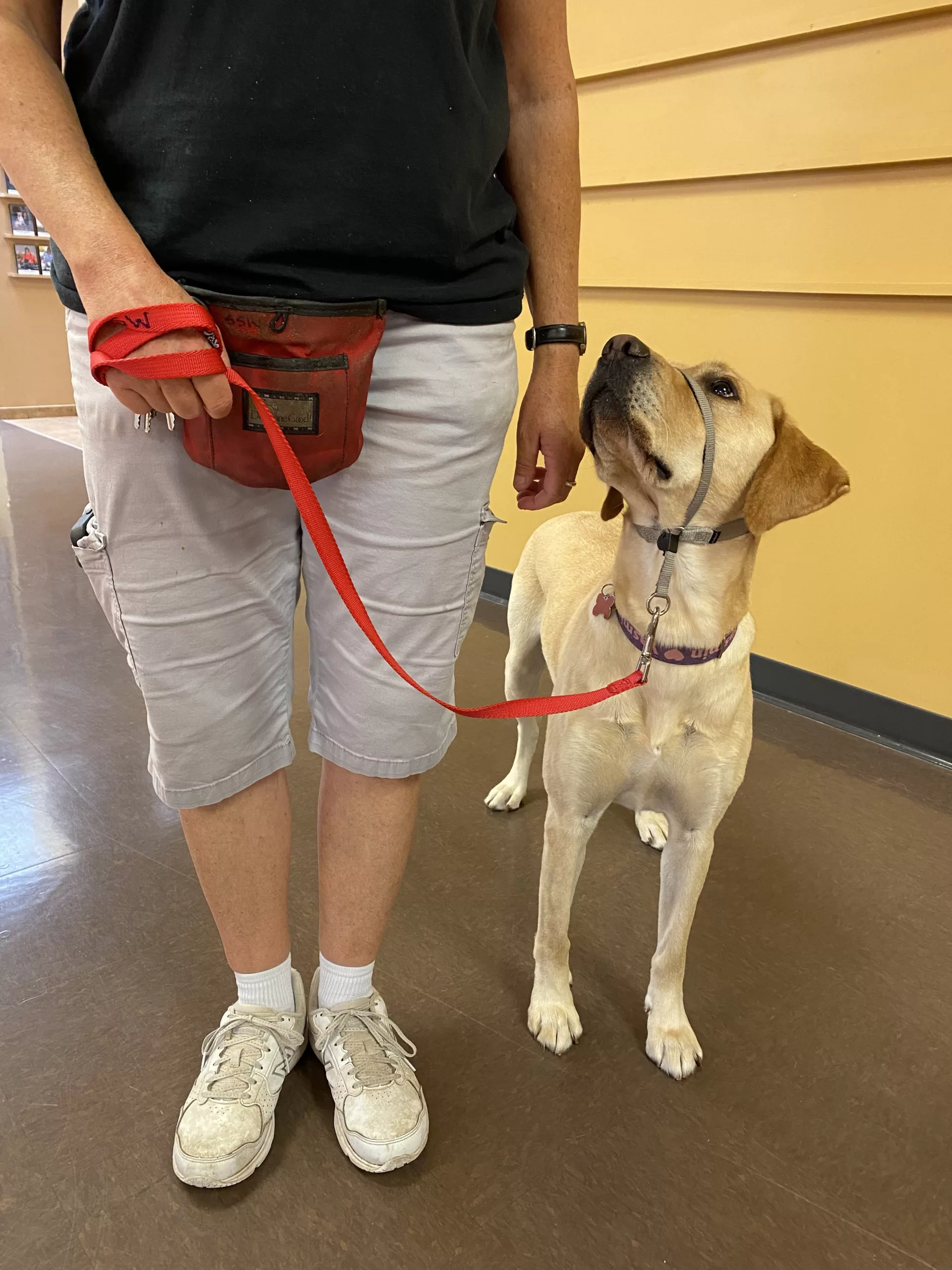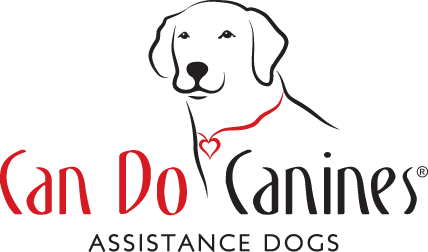When working with a dog on leash, it is important that they respect the boundary and connection to the handler while maintaining slack in the leash (loose leash). If a dog adds tension to the leash, they must learn how to respond and focus back on the handler as well as return to a loose leash. There are different ways to achieve this behavior.
When first starting to work on loose-leash walking, it is best to start with a shorter leash, as that way, they can get a solid framework of what is expected: loose leash with no tension, focus on handler, and tandem walking. Once they understand what is expected, then you can give them more access to the leash to help them learn how to make the right decisions.
We want the dogs to understand that their boundary is the length of the leash, but they also need to learn to respect the leash and understand not to pull. If you allow the dog the length of the leash to make decisions and they choose to pull, the leash length gets shortened. This is because they are not respecting the boundary, and therefore they lose the privilege of the full length of the leash. You can still achieve a loose leash even when the leash is shortened. But now you have more control of the dog to focus on walking expectations before allowing them the full length of the leash again.
A shortened leash can also be used in a situation where the dog is getting distracted or in a tight space as you maneuver by. This allows you to gain and keep control of the dog while giving them the opportunity to focus back on the handler. It also allows the dog to only focus back on one thing, their handler, especially when they are around a distraction.
Here are some images of how to hold a leash, both giving the length of the leash, and shortened. Notice, as well, that the trainer pictured is holding the leash in the opposite hand of the side that the dog is on. This allows her to treat the dog with the same-side hand. It is important that the dog does not learn to cross in front of the body to get a reward.



Practice helps! Practice how to hold the leash and give cookies as well! You can practice with or without a dog, and try moving the leash from one hand to another. The more you repeat the movements, the easier they will become.




